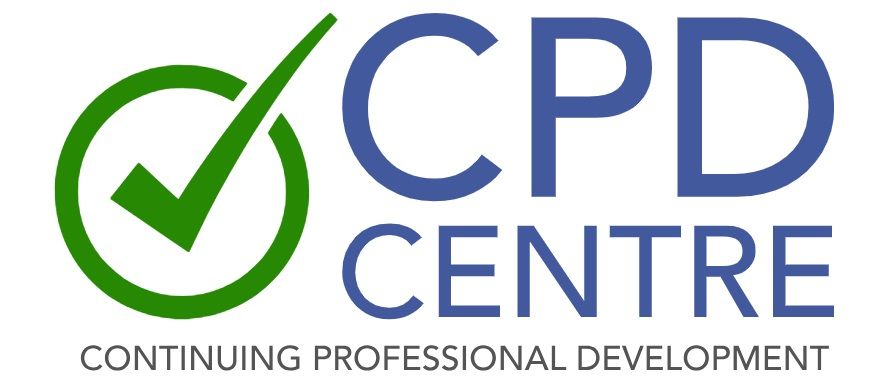1. Set Clear Expectations from the Start
Many construction disputes arise due to misaligned expectations. To prevent this:
- Provide a detailed contract outlining project scope, timelines, costs, and responsibilities.
- Review the contract with your client to ensure full comprehension.
- Highlight potential risks and limitations to avoid surprises.
- Include a project timeline with key milestones.
2. Use Simple, Jargon-Free Language
Not all clients understand construction terminology. To communicate effectively:
- Explain processes in layman’s terms.
- Use visuals, sketches, or sample materials to clarify complex concepts.
- Confirm understanding by having clients summarize key details.
3. Maintain Regular Client Updates
Lack of communication creates uncertainty. To keep clients informed:
- Schedule weekly or bi-weekly progress updates via email, phone, or meetings.
- Share photos and videos of completed work stages.
- Notify clients immediately of any project delays and provide solutions.
- Use construction management software for transparent communication.
4. Proactively Address Issues
Problems are inevitable, but prompt communication prevents escalation:
- Inform clients immediately about issues, providing possible solutions.
- Be transparent about delays, costs, and adjustments.
- Document all issues and resolutions in writing to prevent disputes.
- Implement risk management strategies to minimize common problems.
5. Active Listening and Empathy Matter
Good communication includes active listening. When clients raise concerns:
- Listen without interrupting and validate their concerns.
- Reiterate their concerns to confirm understanding.
- Provide realistic solutions that align with their needs and the project scope.
6. Establish a Clear Communication Channel
Miscommunication happens when messages get lost. To streamline communication:
- Assign a primary point of contact for all client queries.
- Keep all communications in writing where possible (emails, texts, project apps).
- Use project management tools like Buildertrend or Procore to document approvals and changes.
7. Document Everything in Writing
Verbal agreements can lead to disputes. Always document:
- Changes to the scope of work with signed variation orders.
- Client approvals for additional costs or schedule adjustments.
- Any client concerns or special requests in writing.
8. Maintain Professionalism and Courtesy
Your tone shapes the client’s perception of your business. To maintain professionalism:
- Stay calm and polite, even when clients are frustrated.
- Avoid defensive or confrontational language.
- Focus on problem-solving rather than assigning blame.
9. Educate Clients on the Construction Process
Clients often don’t know what to expect. Help them by:
- Explaining the construction workflow and potential delays (weather, materials, permits).
- Providing a checklist of client responsibilities before and during the project.
- Sharing industry best practices to set realistic expectations.
10. Follow Up After Project Completion
A final follow-up enhances client satisfaction and boosts referrals:
- Conduct a final walk-through to ensure the client is satisfied.
- Address any minor issues promptly.
- Request client feedback and reviews to strengthen your reputation.


